Did you ever think that your two year old would out smart you?
They learn so much on a daily basis and while it can be so much fun to simply watch a child’s development, there are cognitive activities that can be done with our children to enhance their growth.
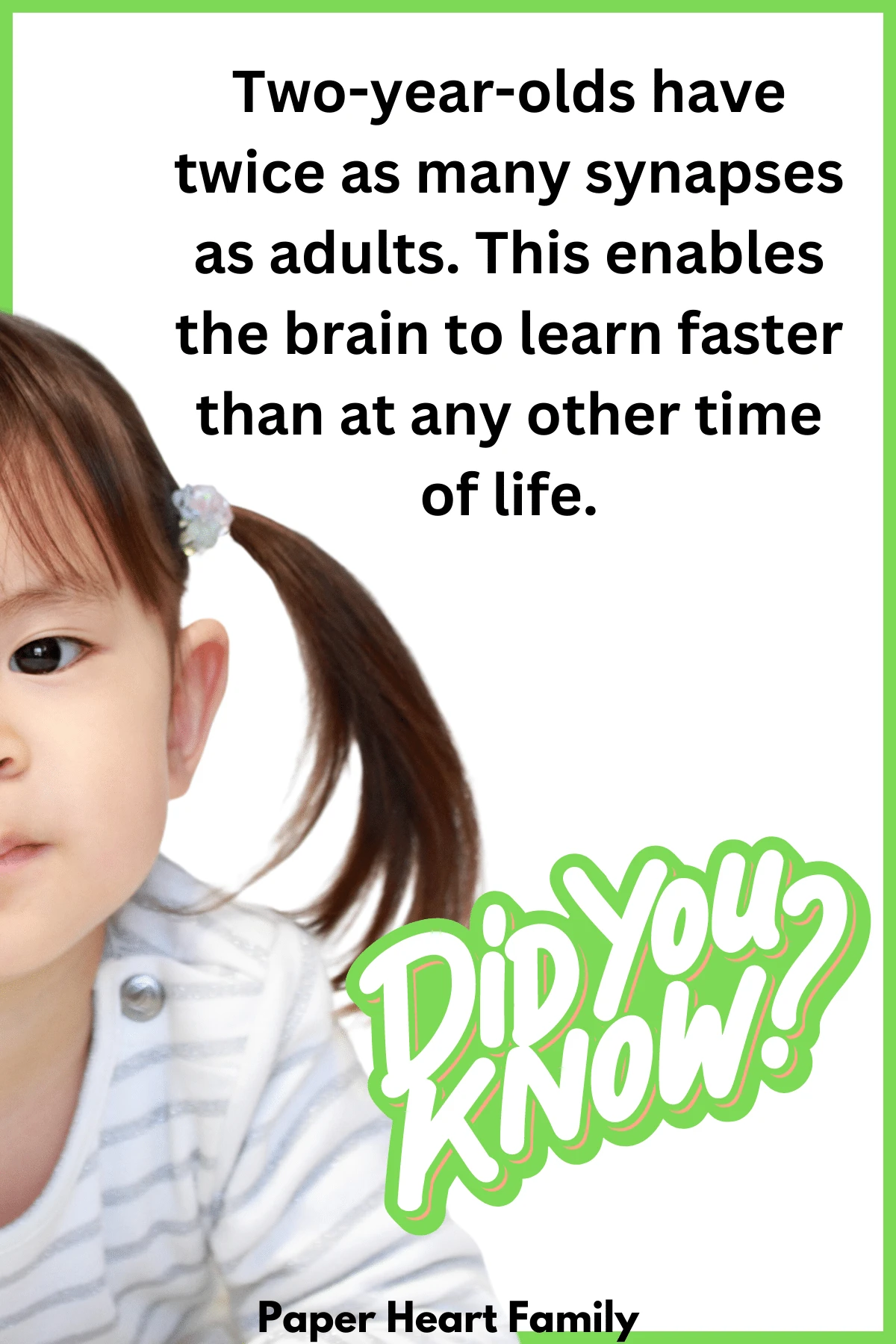
“Two-year-olds have twice as many synapses as adults. Because these connections between brain cells are where learning occurs, twice as many synapses enable the brain to learn faster than at any other time of life.” (source)
There are everyday activities that we can do with our 2 year olds to spark development in a toddler’s brain that can help these early years to be really formative and meet developmental milestones.
Cognitive Development
Before getting into the activities, let’s talk about 3 different categories of development that you might consider including when thinking about playtime with your child.
1. Thinking
Neural connections can be made through simple games and imaginative play.
And good news! Thinking is something that can be done right in your own home.
Sometimes we think we need to take our kids to these fancy play places and learning centers for them to grow and develop.
But let me tell you… you have everything you need to be the parent or caregiver that your child needs in order to develop!
So remember: do things that get them thinking.
2. Learning
There are lots of ways to learn in your own home too. Do some form of learning with them each day to help with cognitive skills.
This can be done with simple games you make up, or with a more structured program.
Children’s brains love routines, so if you can include a short learning routine that happens on a daily basis, a child’s brain development will flourish.
Something as simple as a song, poem and positive affirmation should do the trick.
3. Problem Solving
Problem-solving skills are a big deal at this age because it will translate over into future years of their lives.
Try to include playtime that helps them learn how to solve problems around them— big and small!
This is the best way for them to learn to regulate their emotions because they know how to solve problems with fun activities so then they can solve bigger problems too (like an argument over a special toy with their sibling).
Brain Development Activities For 2 Year Olds
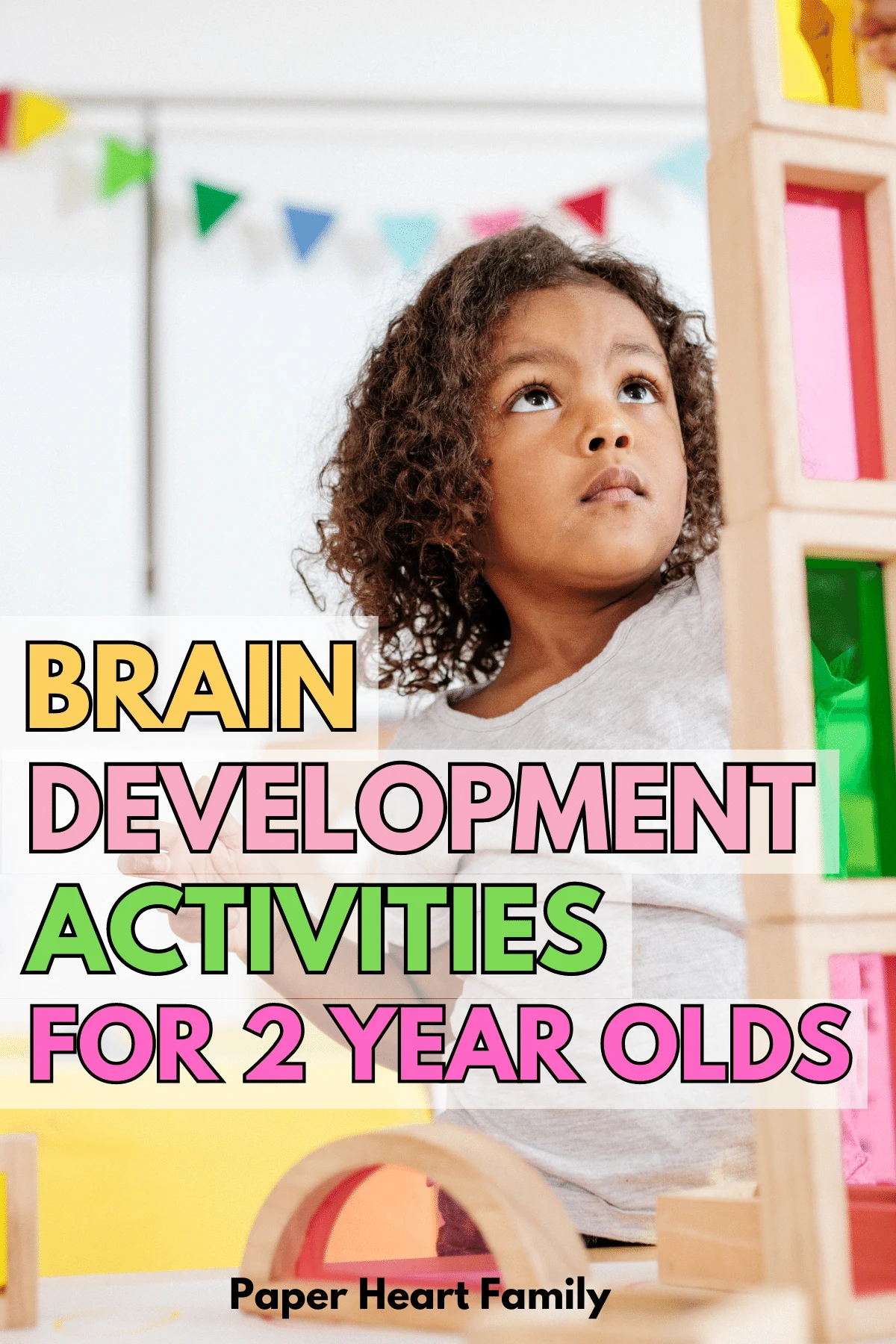
Now, let’s get to the activity ideas to help your little one with their brain development!
1. Speak To/Interact With Your Child Whenever Possible
Communication skills are very important at this age. You can help foster language skills and new words for your child when you talk to them as much as you can.
A great way to do this is by asking them some fun questions.
– What are you proud of?
– What makes you feel loved?
– Tell me about your favorite toy.
And then be sure to ask follow up questions to keep the conversation going.
You’ll be so grateful for this special one-on-one time down the road.
2. Read
Another good way to increase language skills! Read Read Read.
The Enchanted Hour, a great research based book about reading to your kids, mentions that even reading just 2 books a day to your child can help their development.
If you need ideas on books to read (or if you have every child’s book on your shelf memorized like I do), then head over to favorite stories for 2 year olds for some new ideas!
3. Play Games
Games are a great way to promote thinking, learning AND problem-solving!
Three birds with one stone? Yes, please!
Matching games, mind games, board games, or counting games are a few ideas to get you started.
For example, Candy Land is definitely a favorite at our house. It teaches counting, taking turns, colors, AND what to do if you don’t win every time.
Check out this recent blog post for more on board games for 2 year olds to help you start your collection of games that will last a whole childhood.
4. Sing
I love this one! Music is one of the best activities to promote healthy brains and learning.
They can watch your facial expressions while you sing and work on memorization.
Plus, it doesn’t hurt to work on your two year old’s pitch so that you don’t go deaf listening to her sing in the car one day when she is a tween!
5. Do Movement Songs
This can be a great way to encourage using different body parts as well as learning fine and gross motor skills.
Nursery rhymes like the Itsy-Bitsy Spider, Five Little Monkeys or Head, Shoulders, Knees and Toes are great ways to get your child moving AND learning at the same time.
Try out Ring Around The Rosie for a good laugh at the end when you “all fall down”.
You can also try using musical instruments and do a musical parade together.
6. Encourage Development Of Physical Skills
Kids love to run, jump climb, etc.
Sometimes kids can be timid about trying new things like this— especially if they are afraid of heights like my oldest.
Work on encouraging them to keep trying with the physical skills they are uncomfortable with.
This can be as simple as throwing a ball to each other, climbing up a ladder to go down a slide, and jumping from dot to dot on the ground.
Or do this daily physical activity challenge with tons of fun challenges like:
– balance on one foot challenge
-walk the line challenge
-bubble catching challenge
-hopping challenge
7. Retell Stories
My girls are a little obsessed with stories.
After you read a book or watch a movie, have you toddler retell the story.
Teaching 2 year olds to retell stories is captivating and engaging AND it’s great for children’s brain development.
8. Include A Lot Of Outdoor Play
This study shows that children living in more green space areas have better cognitive processing. So get them out in nature as much as possible!
Go to a local park, on a walk, do chalk, ride bikes… anything that gets them outside and moving will spark a child’s curiosity.
Here is a great list of outside activities to do with your toddler that is bound to keep them engaged and learning!
You might even try grabbing this outdoor scavenger hunt printable to work on following instructions and maps.
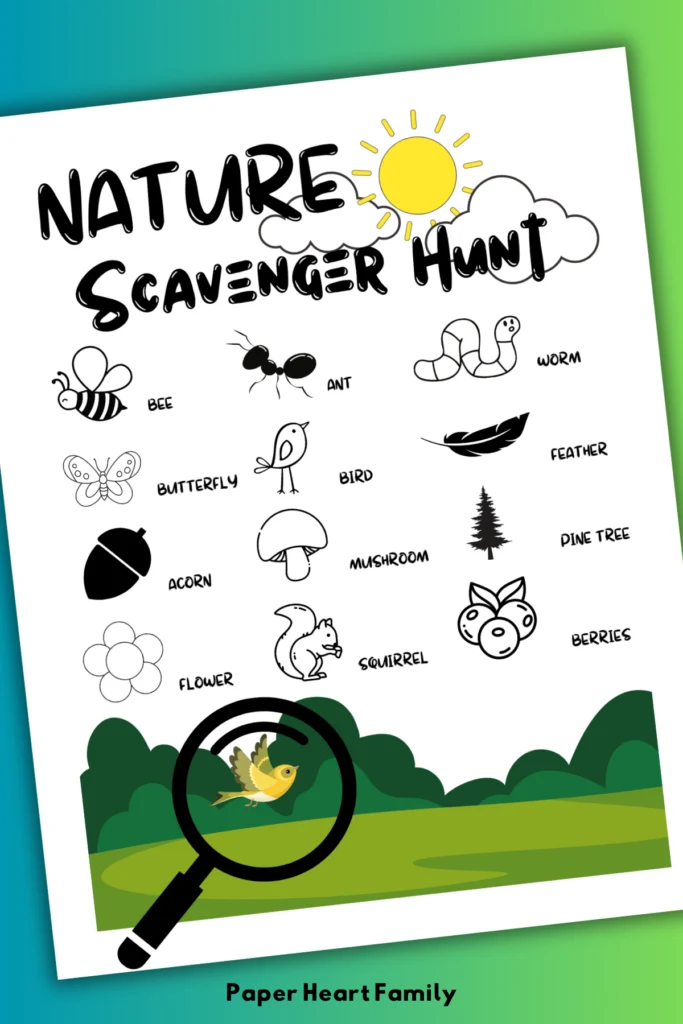
9. Do Puzzles
Simple puzzles are a great way for young children to work on patience and spatial awareness. Wooden block puzzles can be a fun activity to engage in with your little one (and bonus, it’s great talk time while sitting on the floor together).
10. Allow (Safe) Climbing
Gross motor skills at work here!
Let them climb trees, ladders, brick walls, etc. within reason of course. This is a wonderful way to encourage free play too because a lot of the time it will spark imaginative play.
11. Try Some Simple Sensory Activities
Sensory play fosters growth and learning in early childhood.
First, find a plastic tote bin and designate it as your toddlers sensory bin.
Next, gather a few supplies. You can have a finger painting bin, sand bin, dried bean bin, etc.
Anything that you feel they can keep in a contained space will work!
Then let the imagination creep in and see what they come up with!
12. Color
Instead of whipping out a coloring book, give them a blank paper and crayons.
See what their mind goes to!
This develops fine-motor skills and hand-eye coordination that will later be needed for writing.
13. Provide Opportunities For Pretend Play
Pretend play is a great tool to help child to understand the world around them.
Use cardboard boxes to create a kitchen or fort and let your toddler have at it.
Engage with them in this type of play too.
Be the baby while they are the mom, be the customer while they are the grocer, be the guest when they are they waiter.
14. Build With Blocks
Wooden blocks are a wonderful tool to use for your toddler!
They can be used for imaginative play, to build a zoo, tower to knock over, or even a small town.
Figuring out how the blocks or pieces fit together engages a part of the brain that is also used in puzzles.
15. Cuddle
Physical touch is so important at this age. Some kids will want a lot of it and some just a little.
Follow your child’s cues, but make sure they get enough of it everyday to promote healthy brain development.
16. Practice Sorting
What better way to engage different parts of the brain than by sorting things!
Grab a basket of toys and put some masking tape circles on the ground.
Have your child pull out one object at a time and sort them first by size: small, medium or large.
Once all the toys are sorted, put them back in the basket and do it again but this time by color.
Repeat one more time doing it by shape.
The repetition of the simple game is also a healthy way for them to use their brain.
17. Water Play
This is another great option for a sensory bin.
Simply place a few bowls of water in the bin along with measuring cups, spoons, syringes, etc and let them have a pouring station.
Just make sure to put this one on a towel or it will look like sea world in your house when your little one finishes!
18. Do A Simple Color And Paste Craft
Cutting is a hard concept for kids at this age.
However, they can color the craft, you can cut it, and then they can glue it!
Because let’s be honest— what toddler doesn’t love being sticky with glue?!
They feel so grown up when you let them use the glue stick or Elmer’s glue.
Try this dinosaur craft or butterfly craft with your child and see what their little hands can create!
Be sure to display it on the fridge when you finish!
19. Encourage Your Child To Copy You
Silly faces are so healthy for the brain and actually help with emotional development and social skills.
They learn to read your cues and then transfer that over to play with siblings and friends later.
Human connection has been shown to help prevent anxiety and other mental health issues as well.
20. Play In The Mirror
Letting your child talk to his or herself in the mirror helps them to feel confident in themself.
Talk to them in the mirror too and make funny faces at each other.
Try laughing to produce dopamine or the “happy hormone” that we all so desperately need!
There are so many activities to help promote healthy learning and brain development for your tot!
The most important thing you can do is to love them and give them that connection and approval that they crave everyday.
And remember, before you know it, these days will be over.
So savor every moment of this learning process (even those small tantrums that they might have daily) because one day you’ll miss it!
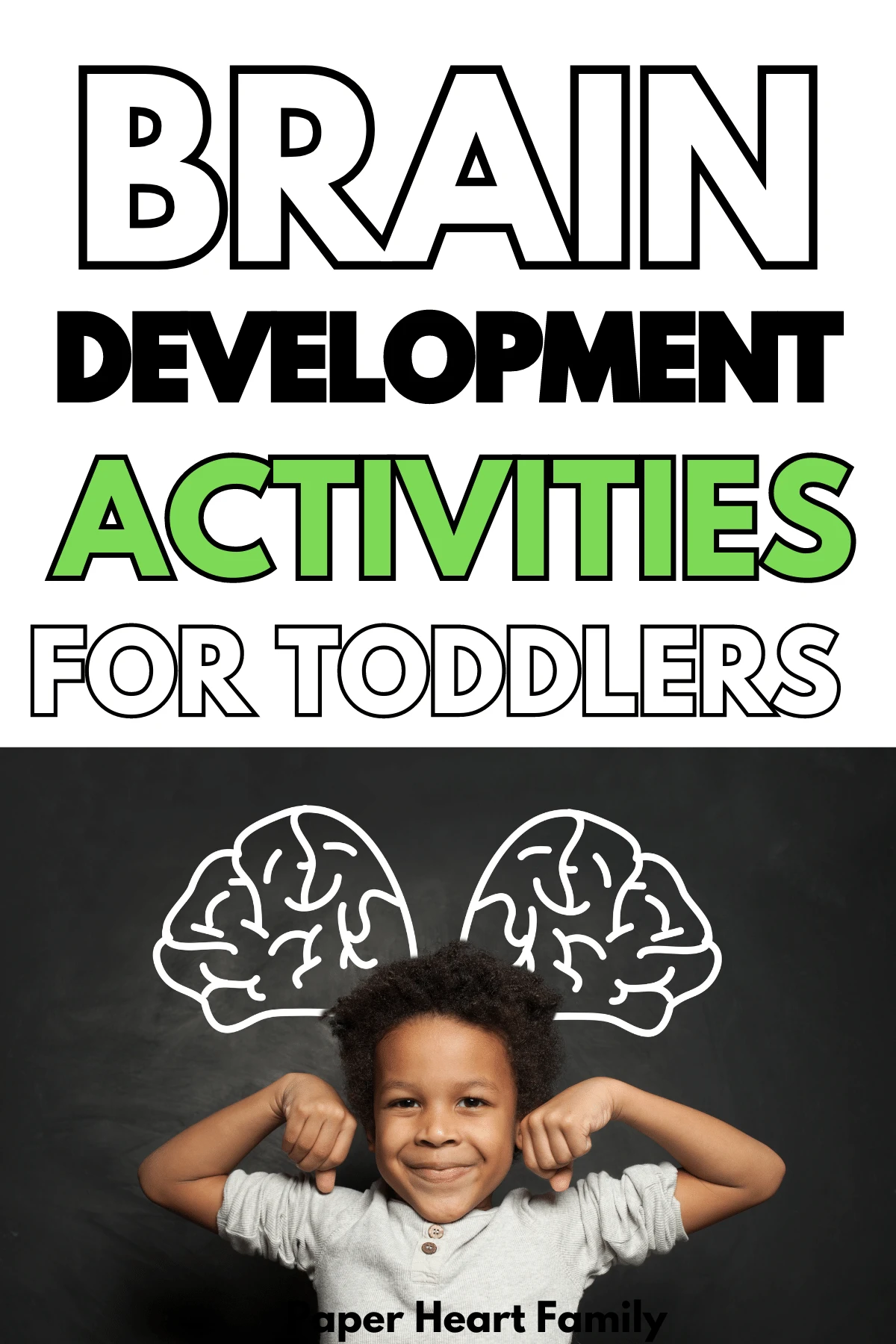
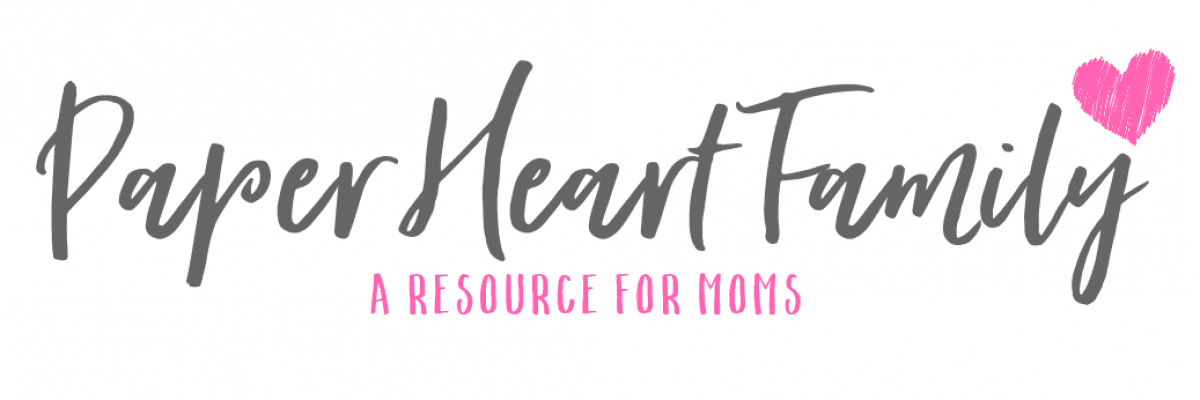
30 Mom And Toddler Activities You'll Both Love!
Monday 17th of July 2023
[…] Even though it seems like a normal ordinary task to you, it’s exciting for your little one. And it’s a great brain development activity! […]
20 Independent Activities For Kids Who Can't Play Alone
Saturday 1st of July 2023
[…] Legos are great for your older toddler. Building things that aren’t in instruction manuals is helpful for their brain development! […]
19 Activities For Three Month Olds: What To Do Everyday
Monday 12th of June 2023
[…] Just like reading and speaking, singing is another simple activity and is a great way to interact with your child and develop future language skills. […]